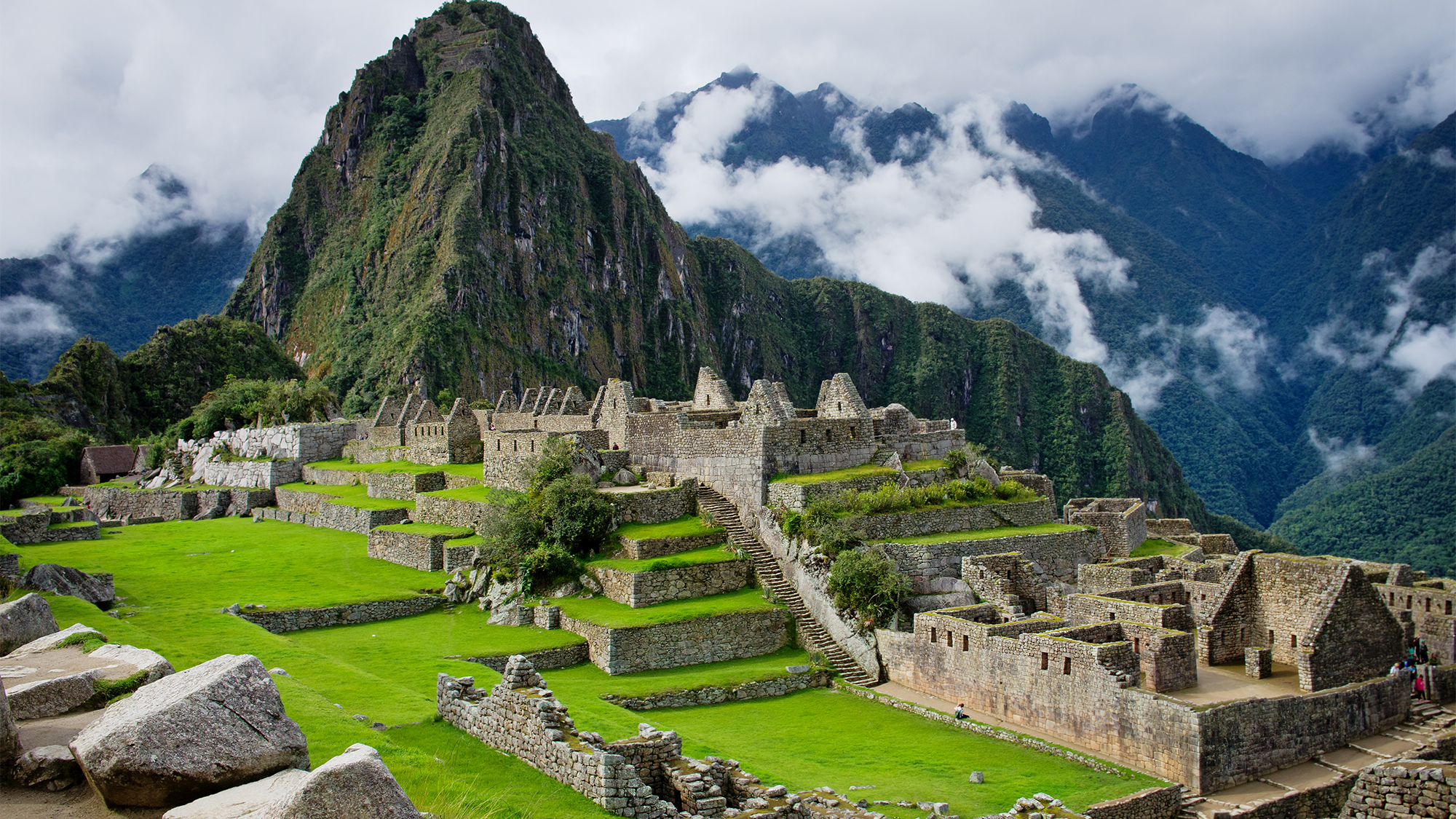

Despite being a UNESCO World Heritage Site and one of the most well-known archaeological locations in the world, Machu Picchu’s history is still being uncovered. This former royal estate from the vast Inca Empire located in present day Cusco, Peru was once home to a mixture of royalty and the workers who served them. DNA is offering up new clues as to who once lived and worked there.
[Related: The king behind Machu Picchu built his legacy in stone.]
In a study published July 26 in the journal Science Advances, scientists analyzed DNA from 34 people and uncovered a diverse genetic ancestry. This supports a theory that the people believed to have been servants were brought from distant and varied populations across the Inca Empire and further into South America.
“There were no slaves in the Andean world. Nonetheless, individuals were removed from their ethnic homelands and assigned to serve the Inca royal families for life in different capacities, including that of retainers at country palaces such as Machu Picchu,” study co-author and Yale University archaeologist Lucy Salazar tells PopSci. “Ancient DNA provides the most powerful tool in determining the genetic background of these individuals.”
In the study, the team compared the DNA of 34 individuals buried at Machu Picchu over 500 years ago with DNA of other people from around the Inca Empire, as well as some modern genomes from South America. They found that the individuals had come from as far away as Amazonia (which includes parts of present-day Brazil, Bolivia, and Colombia), but only a few shared DNA with each other. This indicates that they had been brought to Peru as individuals rather than as part of a family unit or community group.
Salazar says it was surprising that only a few came from the heartlands of the Inca Empire. The majority came from the Pacific coast, the Amazonian lowlands, Ecuador and Chile. However, over a third of the sample had some Amazonian genetic background.
“Another surprise was the number of individuals with genetic admixtures from geographically unrelated sources (45 percent of our sample),” Salazar says. “The sheer genetic diversity at Machu Picchu was remarkable and unprecedented, and it suggests that the cultural diversity at Machu Picchu was more similar to a cosmopolitan center than a modern agricultural village.
The study also found that the genetic composition of the Inca capital of Cusco was also diverse, but very different from the samples excavated at Machu Picchu. The team plans to study genetic samples from Inca Cusco to better understand the differences in the genetic composition of these two sites. Salazar is currently excavating an Inca cemetery to learn more.
[Related: Ancient Maya masons had a smart way to make plaster stronger.]
Work like this study is part of a trend in archaeology that combines traditional archaeological techniques with new technologies and scientific analyses. It can lead to a more complete understanding of ancient civilizations not possible without these advances. Breakthroughs in the analysis of ancient DNA led to the collaboration of Salazar and fellow Yale archaeologist Richard Burger, geneticist Lars Fehren-Schmitz from the University of California, Santa Cruz, and archaeologists from Cusco.
“The role of the Amazon in the Inca empire has been more important than previously recognized and the complexity of the Inca society is only beginning to be understood,” she says. “Applying new scientific techniques such as ancient DNA analysis allows archaeologists to explore questions that were previously out of reach.”
The study was also part of an agreement to return artifacts native to Machu Picchu, currently being stored at Yale University to the University San Antonio de Abad of Cusco, back to the historic site.
